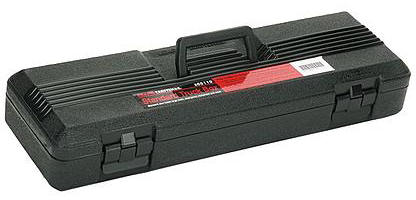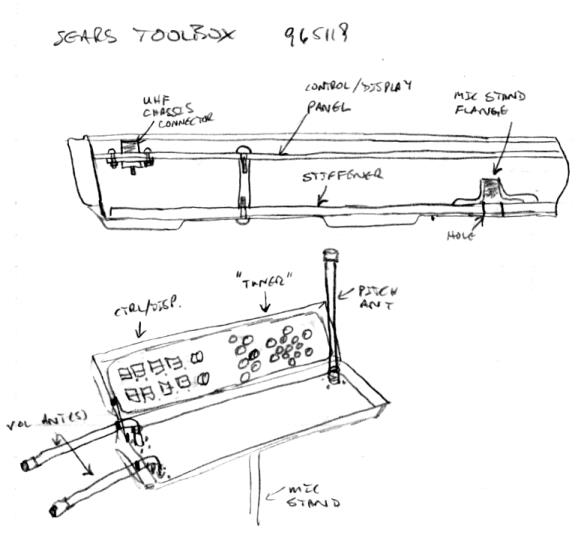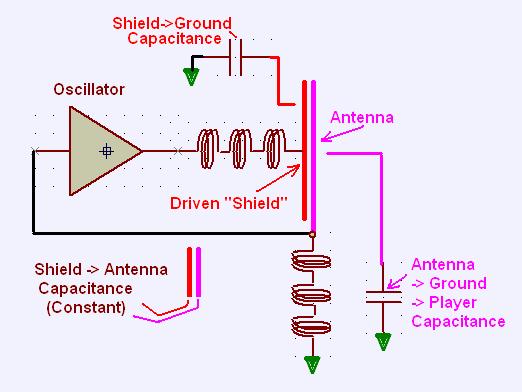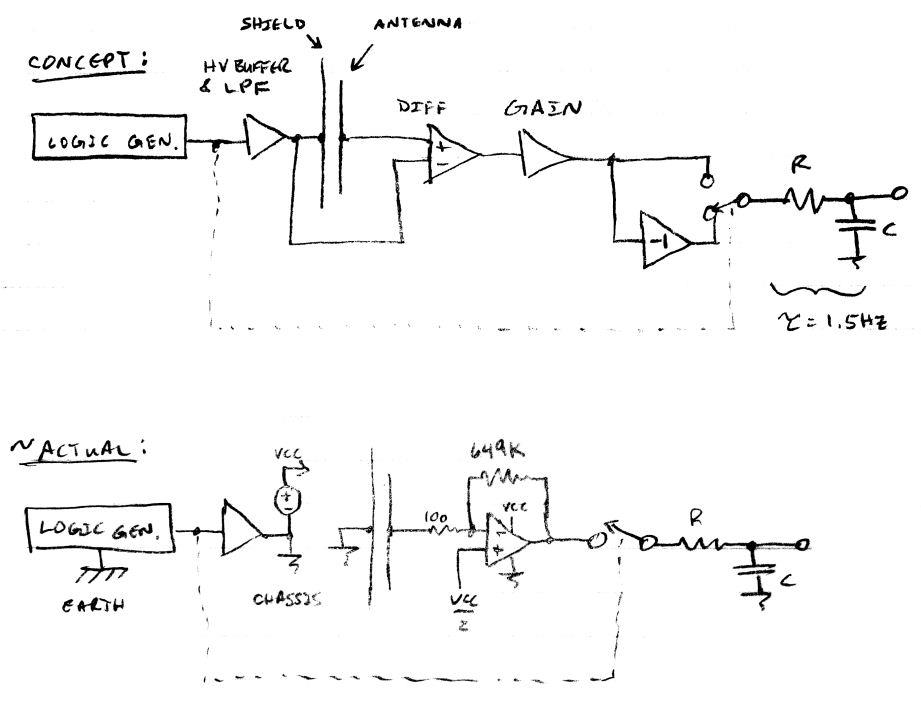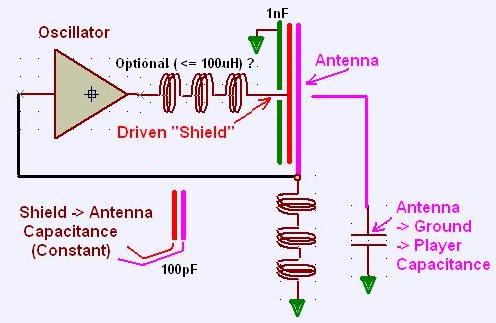"Just been playing with your clapp_2LC_buf_CC_2014-03-21
It really is beautiful! Rock stable, self starting, extremely low harmonics at antenna, low current, and yes - I think the CC Fet has great potential for temperature frequency correction." - FredM
It's quite nice, just wish I had invented it originally and not partially re-invented it after the fact!
I think the CC FET itself can be dispensed with as the top differential amplifier FET will likely respond the same to variation in R1 (it does in simulation; it's in a sort of CC arrangement already). I really wanted the CC FET design to go, but I think it maybe introduces a bit of noise (subjective) and I worry that it may introduce temperature tracking issues between the FETs?
So the non-CC one is the way I'll likely go. It took me forever to come over to the single transistor camp (after repeatedly bad mouthing it) - wish I'd tried this stuff long ago. I particularly like the low current aspect which seems to eliminate any "warm-up", and the allowable higher voltages at the device terminals which somewhat relaxes ESD and tank swing sense limits compared to CMOS.
=========
Just quickly (not definitively) tried livio's Colpitts arrangement by rearranging a few things on the breadboard. It behaves very similarly in all ways as the adapted Clapp. But even with 10pF in series with the antenna (livio's schematic shows 18pF here) it stalls out much easier, and with this cap it is noticeably less sensitive. The 10pF between the tank and FET necessary for larger voltage swings is largely to blame for the poorer showing IMO as it limits drive energy. I should add that for this quick test I used 220pF caps for C1 and C2, livio specifies 33pF and 82pF respectively which would help a lot with stalling, but would dramatically lower the antenna swing. (Who knows how much swing is "enough"? And I was going for more of an apples / apples comparison.)


